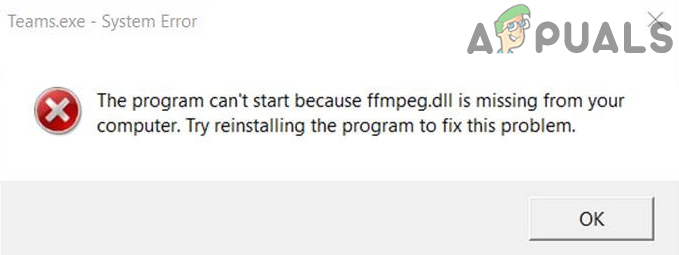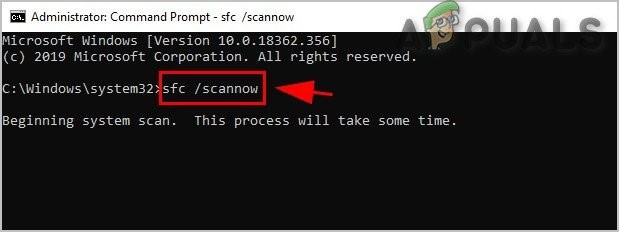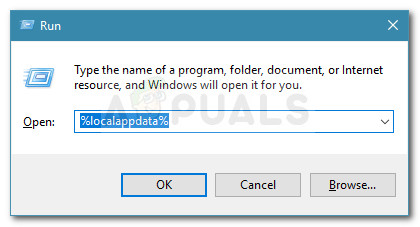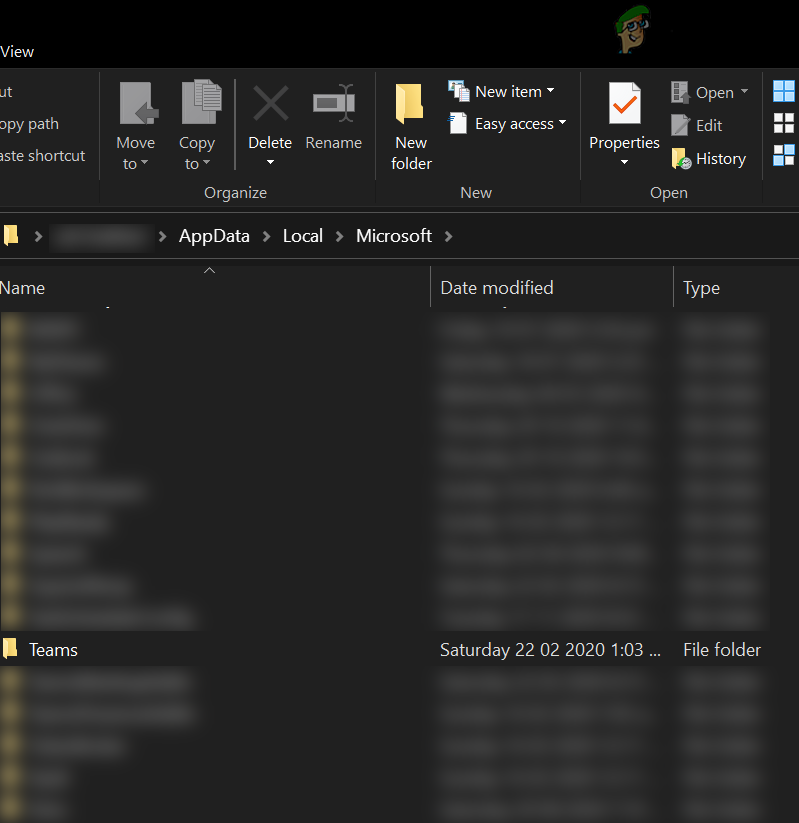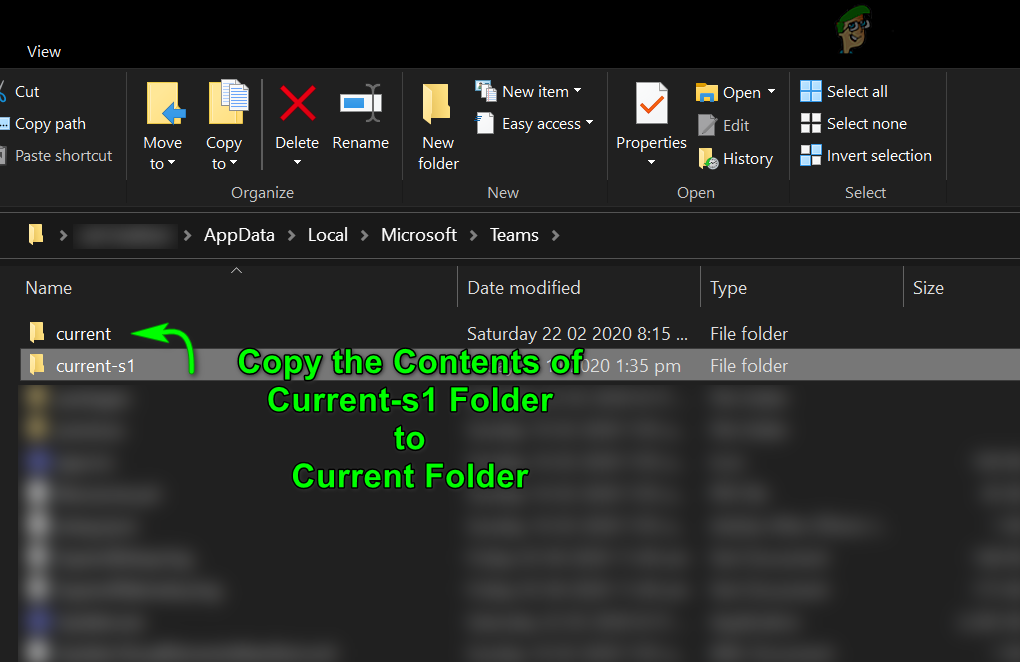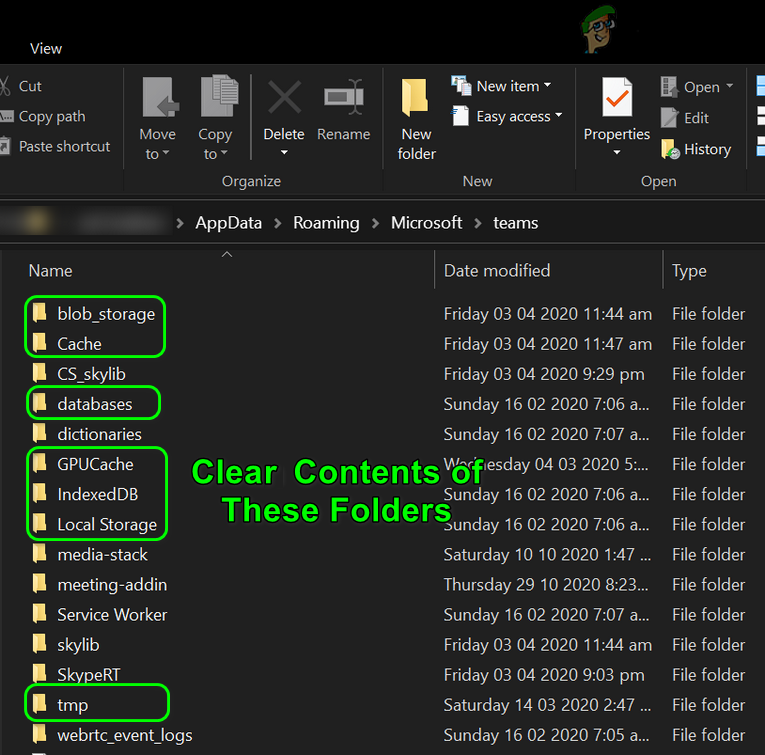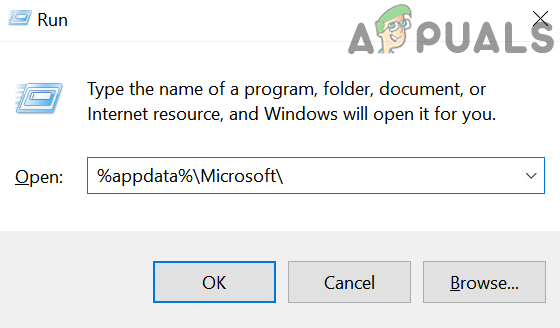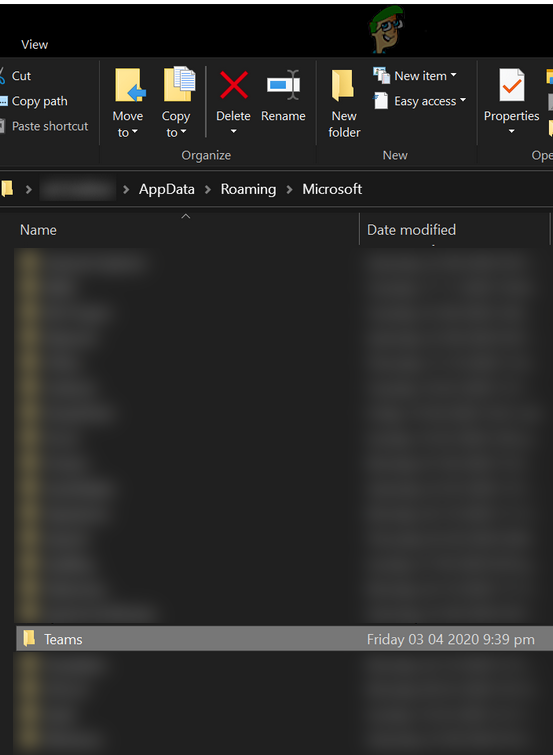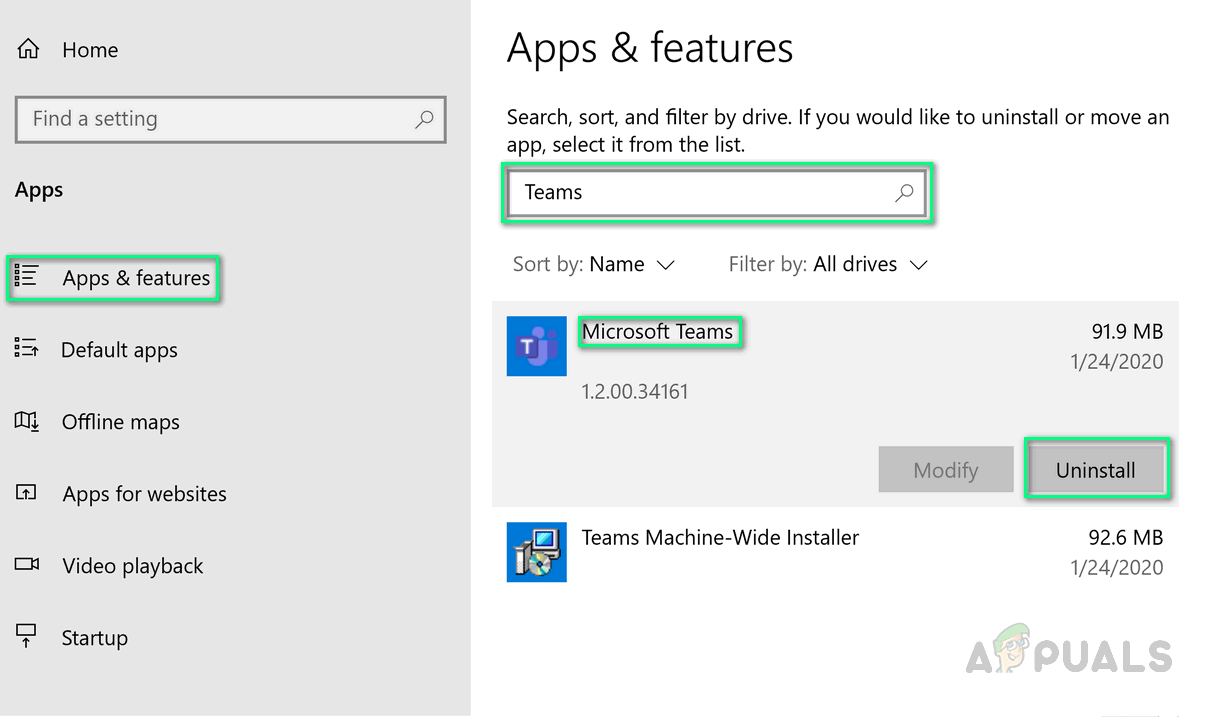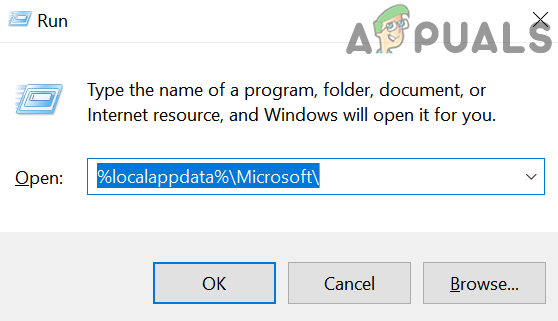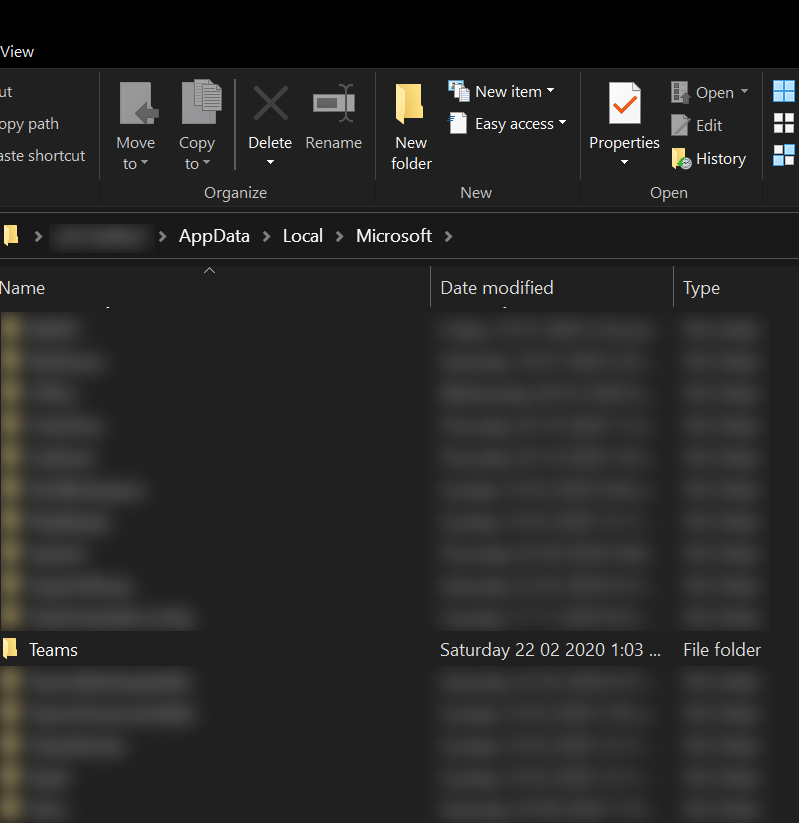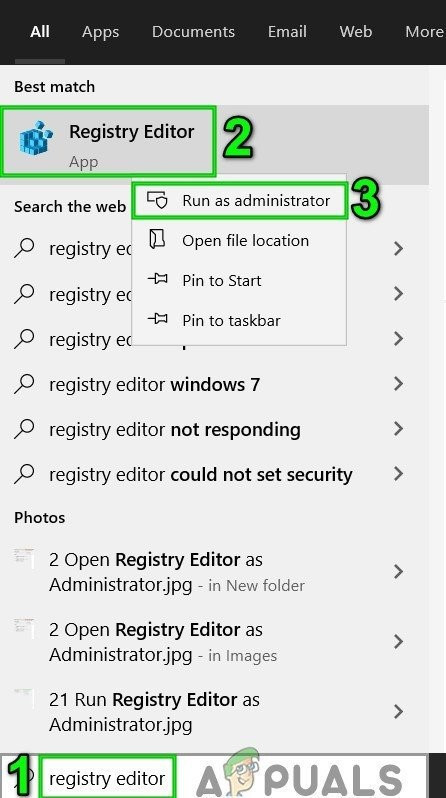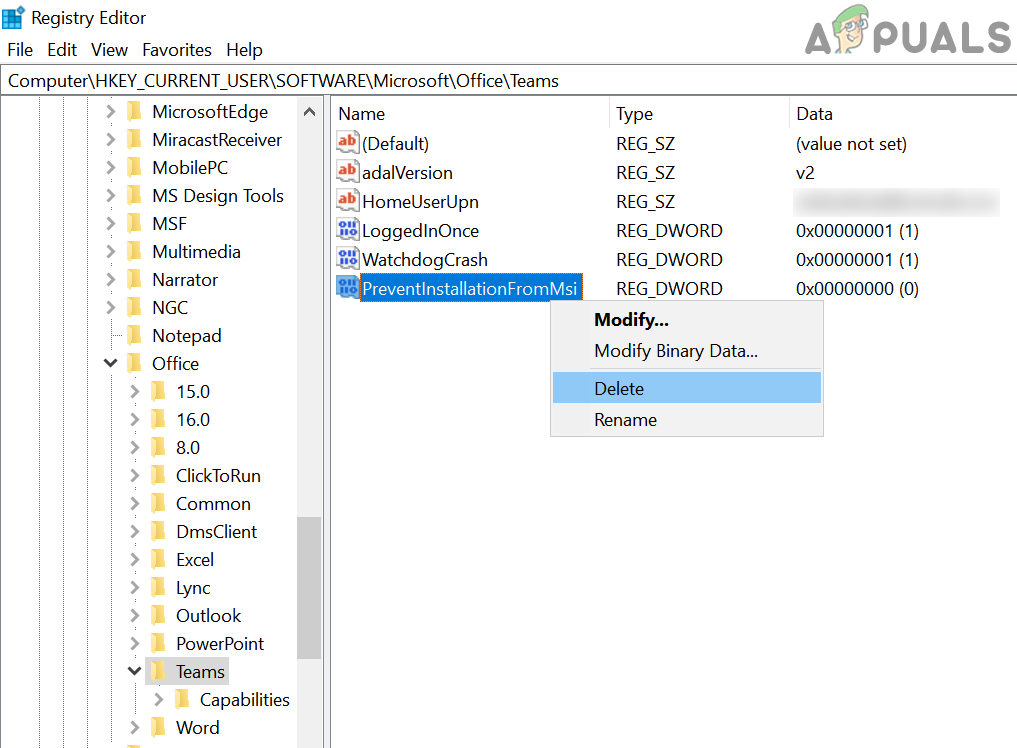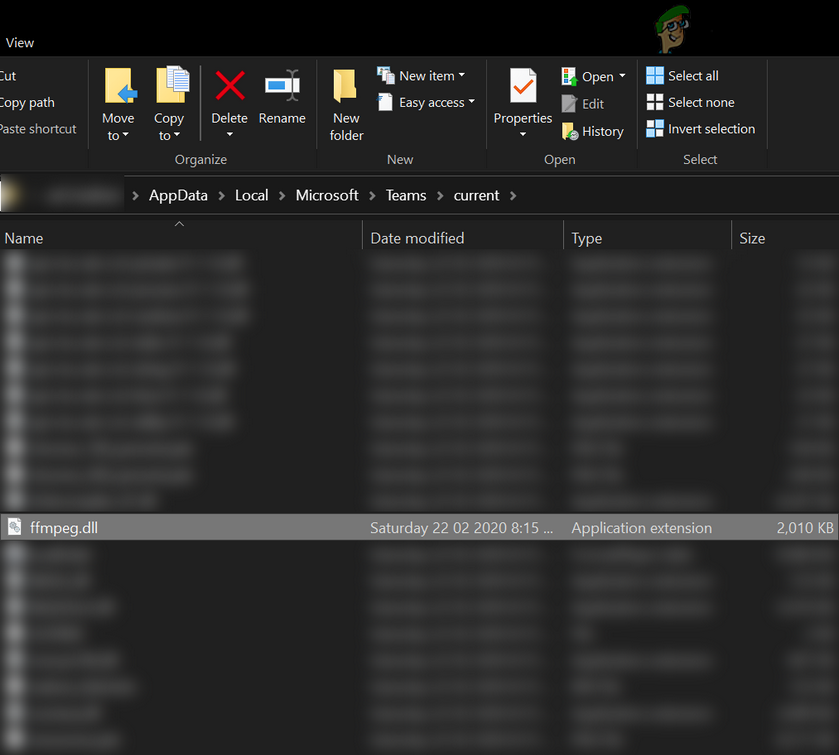The user encounters the error when he tries to install an application but the setup fails saying FFMPEG.dll is missing. Some users also encountered the missing file error message while booting up the system. In some cases, the problem occurred while accessing websites like GitHub. The issue is mainly reported on the following applications: Before moving on with the solutions to fix missing FFMPEG DLL, make sure your system drivers are up-to-date. Moreover, completely close all the applications on your system and make sure, through the Task Manager and System Tray of your system, that no background application is operating (only system processes should be running in the Task Manager). Now power off your system and wait for 1 minute. Then power on your system and re-run the problematic application setup and check if the issue is resolved. Moreover, check if any leftovers of previous installations of applications are causing the issue (you can try 3rd-party uninstallers or system cleaners).
Solution 1: Perform a System File Checker (SFC) Scan
You may encounter the error under discussion if your system files are corrupt or missing. In this case, using the Windows built-in SFC tool to scan (& repair) the corrupted system files may solve the problem.
Solution 2: Copy the Folder into the Installation directory of the Application
If you tried to reinstall an application but without removing the remnants of the previous installation, there is a possibility of duplicate application folders. In this case, copying the contents of the new installation to the older folder (which has default folder names and paths) may solve the problem. For illustration, we will discuss the process for Microsoft Teams, you may have to dig deeper to make it work for your problematic application.
Solution 3: Clear the Cache of the Problematic Application
Applications use cache to boost up performance and improve the user experience. However, you may encounter the error at hand if the cache of the problematic application is corrupt. In this scenario, clearing the cache of the problematic application may solve the problem. For elucidation, we will go through the process for Microsoft Teams, you may have to dig deeper to make it work for your particular application.
Solution 4: Reinstall the Problematic Application
Your system may show the missing FFMPEG.dll missing error if the previous installation of the problematic application is corrupt or the new installer you are trying to use is corrupt. In this case, reinstalling with the newly downloaded setup of the problematic application may solve the problem. For illustration, we will discuss the process for Microsoft Teams, you may have to dig deeper to make it work for your particular case.
Solution 5: Create a New User Account
Your system may show FFMPEG.dll missing error if the user profile of your system is corrupt. In this context, creating another user account and accessing the system through that account may solve the problem. If the issue persists, then check if restoring the system to an earlier point in time solves the problem. Also, you can try to reinstall the codecs (if using a 3rd-party codec application). You may also try to copy the FFMPEG.dll file from another source (be very careful as copying the files from unverified sources may expose your system and data to threats like viruses, trojans, etc.) like another working PC or Windows setup (ISO file). After acquiring the DLL file, make sure to paste the file in the folder from where you are trying to install the file or installation directory of the application e.g. if having issues with Microsoft Teams, then paste the file into the following directory: If you are using a 64-bit system, then paste the acquired file to the relevant 64-bit folder.
Fix: Cnext.exe cannot start because MSVCP120.dll or Qt5Core.dll is missingFix: SDL.dll is missing or SDL.dll not foundHow to Fix ‘Past Duration Too Large’ Error in FFmpeg?How to Fix ffmpeg.exe Has Stopped Working Error
